The German Federal Ministry of Research, Technology and Space has dedicated its Science Year 2025 to solutions and ideas in energy research. For us at Europe’s largest solar research institute, this has been part of our DNA since 1981. That’s why we asked our colleagues what #FutureEnergy plays a special role in their everyday work. In this (mainly German) blog series, we introduce our researchers, their projects, and their personal views on energy and the energy transition.
Sophie Gledhill is a researcher at ISE and is developing thin film coatings for various applications together with colleagues from the Coatings – Technology and Systems research group. Coatings are applied to surfaces for both functional and aesthetic reasons. This allows us to design our surfaces to exhibit a variety of properties, such as being more corrosion-resistant or controlling the conductivity and spectral properties of certain components, for example, for solar modules.
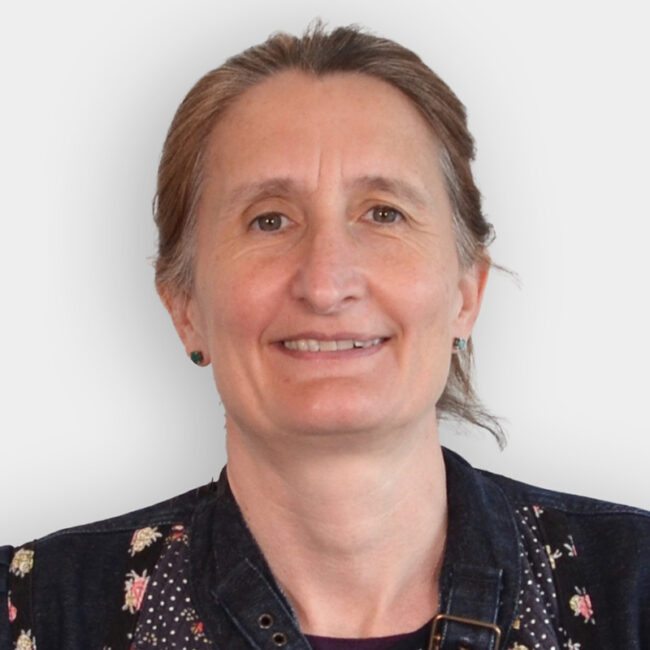
Dr. Sophie Gledhill
Senior Scientist at Fraunhofer ISE
Which future technology are you enthusiastic about? Why?
Most people at Fraunhofer ISE know about the MorphoColor® technology which allows coloured solar modules to be produced with very little losses in efficiency. I particularly love the news this month that St Pauli Football Club are using the MorphoColor® technology to make a massive multicoloured solar installation in the form of the pride flag colour-scheme on their stadium roof.
Another key product ready for the market is the radio-transparent insulated glazing technology. Modern facades use double and triple insulating glazing with low-E or solar control layers which improve heat insulation but also reflect radio waves, leading to poor mobile phone reception. In the research project “Radio-Transparent Insulating Glazing,” it was shown that by segmenting the low-E layers the transmission of radio signals significantly increases without compromising the thermal insulation properties.
To test new coating technologies, we have several sputter coating systems in our Center for Functional Surfaces. With the largest one, we can even coat substrates nearly six meters long.

You are the lead of the research project “SMARTLINE PV“. What contribution does the project make with regard to future energies?
The SMARTLINE PV project is a European Union-funded initiative that focuses on using MorphoColor® technology on flexible substrates and integrating it with perovskite solar cells. Our focus is on lightweight, flexible, and colored solar modules that have potential not only in building-integrated applications but also in vehicle-integrated photovoltaics.
Unique in this project is that the sputtered thin film optical filter of the MorphoColor® which gives rise to a selective reflectance in the wavelengths for a specified colour will be optically matched to a perovskite solar cell. Not only this but it will also be incorporated as the front contact of the solar cell. This means the MorphoColor® thin film stack is composed of, or at least partially composed of, transparent conducting dielectric materials – and not like in the standard version which uses insulating ceramics.
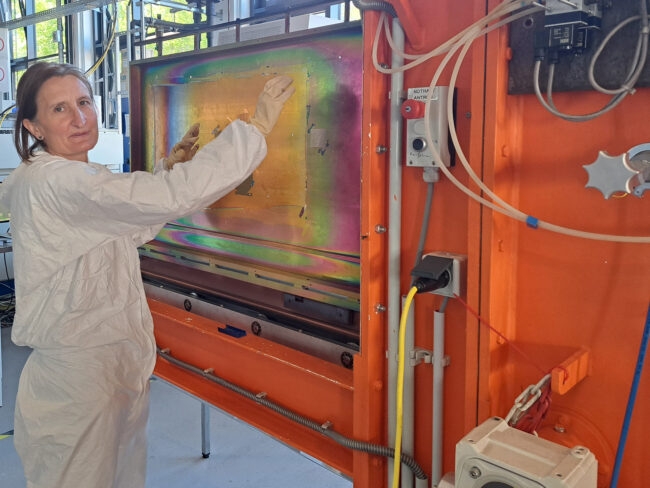
Why did you choose energy research?
Like most people in Fraunhofer ISE- because I wanted to do research and development in a field that had a positive impact on the environment. In 1998 I had a degree in material sciences, and I had a choice to take a job in high temperature superconductors (ceramic material which exhibits zero resistance at temperatures above the boiling point of liquid nitrogen – considered a “hot” topic in material science then) or start a Ph. D at Oxford University in thin film photovoltaics. When I took the solar cell option, the superconductor employer muttered that photovoltaics research was “in pursuit of the Holy Grail…but with hindsight I am pleased see that he was very wrong. Photovoltaics is a growing market whilst high temperature superconductors still face many economic and technological hurdles.

Which fake news about the energy transition annoys you the most? Which scientific fact about the energy transition should everyone know?
What is particularly annoying is that fossil fuel companies are running “a massive mis- and disinformation campaign” so that countries slow down the adoption of renewable energy and the speed with which they “transition away” from a carbon-intensive economy. This has been reported by the UN. The perception among many political observers of a rejection of climate policies was a result of this campaign, rather than reflecting the reality of what people think. Indeed, the Peoples’ Climate Vote, carried out by the United Nations Development Programme (UNDP) and the University of Oxford, is the world’s biggest standalone public opinion poll on climate change. Through this platform the Peoples climate vote of 2024, 80 % of people asked globally, said that governments should strengthen their position on climate change.
What gives you personal energy?
I like working with our students – they often have a fresh view and good ideas. An early morning swim in the Seepark lake also helps.
Fraunhofer ISE is participating in Science Year 2025 – Future Energy with this blog series as well as other activities and events. All of our contributions can be found on our German Website
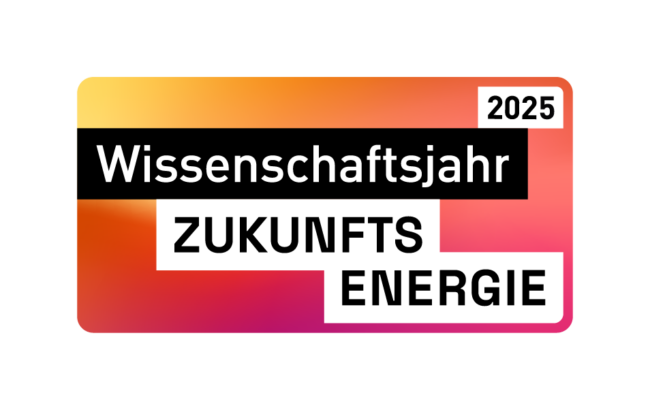







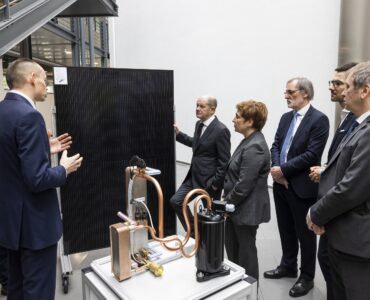
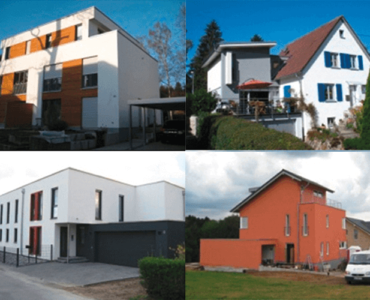
Add comment